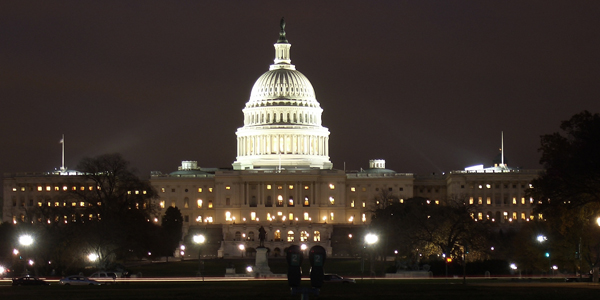What Is a Patent?
A patent for an invention is the grant of a property right to the inventor, issued by the United States Patent and Trademark Office (USPTO). Generally, the term of protection for a new patent is twenty (20) years from the date on which the application for the patent was filed in the United States or, in special cases, from the date an earlier related application was filed, subject to payment of maintenance fees.
The right conferred by the patent grant is, in the language of the statute (35 U.S.C. §101) and of the grant itself, “the right to exclude others from making, using, offering for sale, or selling” the invention in the United States or “importing” the invention into the United States. What is granted is not the right to make, use, offer for sale, sell or import, but the right to exclude others from making, using, offering for sale, selling or importing the invention. Once a patent is issued, the patentee must enforce the patent without assistance from the USPTO.
There are three types of issuable patents:
1. Utility patents may be granted to anyone who invents or discovers any new and useful process, machine, article of manufacture, or composition of matter, or any new and useful improvement thereof, 35 U.S.C. §101;
2. Design patents may be granted to anyone who invents a new, original, and ornamental design for an article of manufacture, 35 U.S.C. §171; and
3. Plant patents may be granted to anyone who invents or discovers and asexually reproduces any distinct and new variety of plant, including cultivated sports, mutants, hybrids, and newly found seedlings, other than a tuber propagated plant or a plant found in an uncultivated state, 35 U.S.C. §161.
Provisional Patent
A provisional application for patent is a U. S. national application for patent filed in the USPTO under 35 U.S.C. §111(b). The provisional application provides the means to establish an early effective filing date in a non-provisional patent application filed under 35 U.S.C. §111(b). It also allows the term “Patent Pending” to be applied to the product, device, or innovation.
A provisional application has a pendency lasting 12 months from the date the provisional application is filed. The 12-month pendency period cannot be extended. Therefore, an applicant who files a provisional application must file a corresponding non-provisional application during the 12-month pendency period of the provisional application in order to benefit from the earlier filing of the provisional application. Otherwise, failure to do so results in abandonment of the provisional application and a loss of the “priority” filing date provided by the provisional application.
The Advantages of filing a Provisional Patent Application
Filing a provisional application provides the applicant with patent-pending status. Acquiring patent-pending is a near necessity before presenting new ideas to companies. Based upon my prior years of experience, the majority of companies require newly-submitted ideas to have acquired, at a minimum, patent-pending.
In addition, generally, filing a provisional patent application is the most cost efficient method for securing patent-pending. Government filing fees are significantly less than those associated with utility and design patent applications. Attorney’s fees associated with provisional applications are also substantially less than those associated with utility applications.
To initiate your FREE INITIAL consultation, download the Official Record of Invention from and follow the instructions provided therein.
Click here to visit the United States Patent and Trademark Office (USPTO) Website
Call 843-280-2400 or e-mail Registered Patent Attorney P. Jeff Martin directly to schedule a free initial consultation concerning patent searches, patent application filings, and patent-pending acquisition.

